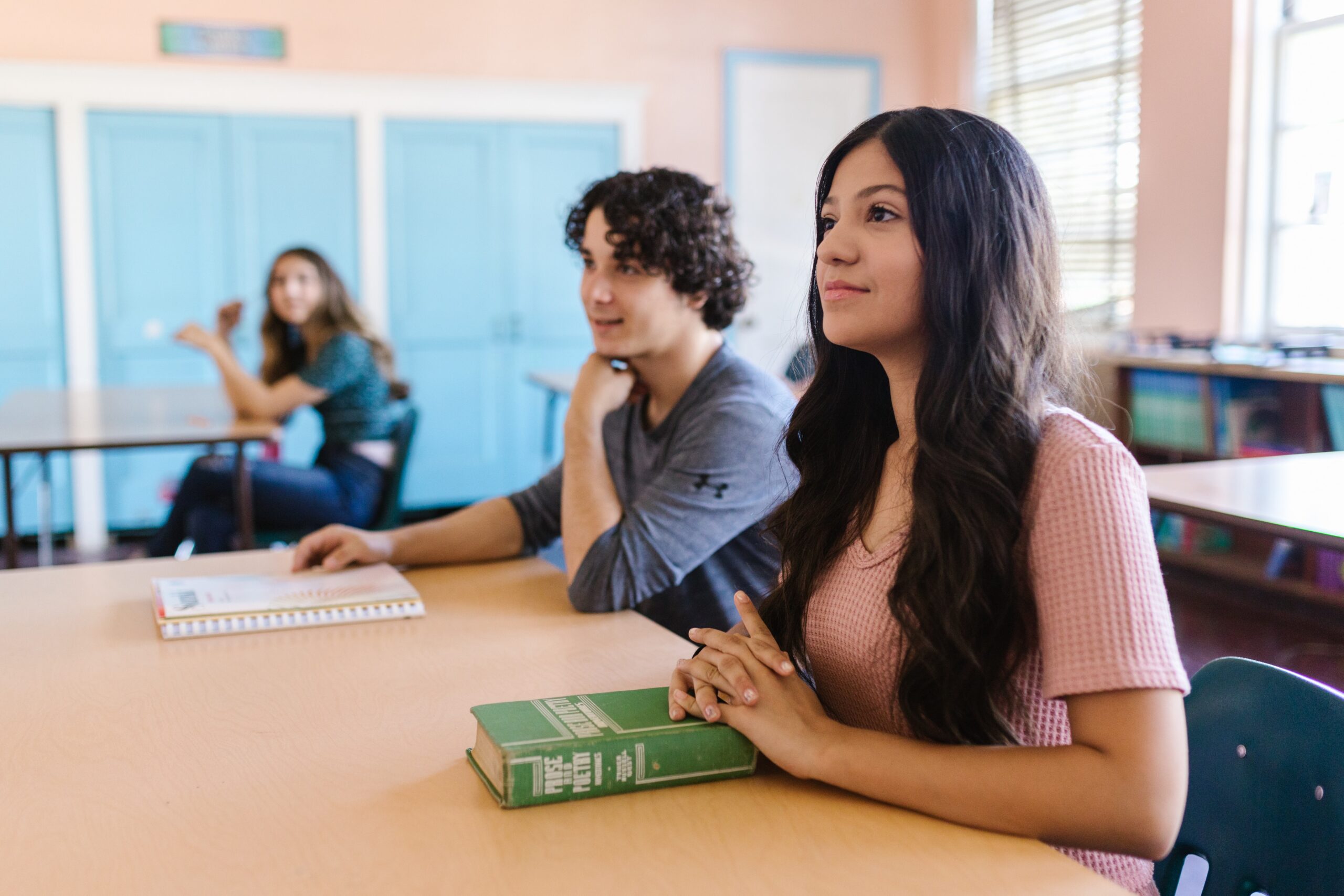
How Masks Can Deepen Social and Emotional Learning
By: Tim Elmore
I don’t know about you, but I am seeing more and more face masks on the ground these days. Whether it’s in a parking lot or restroom or at a shopping mall, people seem to be sending the message: “I’m through with these masks!”
Yet, with the surge of infections due to the Delta variant, many schools, restaurants, and places of commerce are requiring people to wear masks again. While I continue to wear one whenever necessary, let me suggest one downside of them.
Masks don’t make SEL impossible, but they do make it harder.
Masks offer a trade-off. They may slow down the transmission of the coronavirus, but wearing a mask can hinder social and emotional learning in students. Why? So much of our social interactions are about non-verbal and paraverbal communication. Our message goes beyond the words we speak. So, covering half of our face can limit some of that messaging. Again, I’m not saying it’s impossible, just tougher.

Journalist Arianna Prothero puts the question this way: “So, does that strip of cloth covering the nose and mouth and muffling the voice get in the way of students learning about emotions? How do masks impact teachers’ ability to get a read on how their students are feeling? And does mask-wearing complicate building relationships among peers and with teachers—something experts say is crucial to helping students weather the stressors thrown up by the pandemic?”
Reflect for a moment. The way we wear our masks is the same way bank robbers used to wear their masks back in the Old West. They covered the bottom part of their faces enough that onlookers would be hindered to recognize who they were or any details about their appearance. Bingo. While I’m not saying that wearing a COVID-19 mask prevents us from recognizing a person, it does hinder some of the signals people send through their faces. People squinting their eyes can either signal:
- They are smiling underneath their mask
- They are having a difficult time seeing what’s in front of them.
Justina Schlund, the senior director of content and field learning at the Collaborative for Academic, Social, and Emotional Learning, (CASEL) acknowledges that she knows of no research that proves masks prevent SEL. But she also admits, “I think, logically, part of social-emotional learning requires being able to understand other people’s emotions, and because masks cover part of the face, they probably in some ways obscure what we can see on someone else’s face in terms of their emotions, in terms of social cues that we might be responding to.”
A masked teacher facing a room of masked students wants to continue imparting social-emotional skills. What are some of the workarounds? Is this an opportunity to teach new skills? Could we turn this disadvantage into an advantage?
Leveraging Masks to Teach Social and Emotional Learning
When I was in school, I ran on the track team. During practices before a meet, our coach handed his student athletes ankle weights. Do you remember these? They are weights (usually about five pounds) that wrap around our ankles and make running more difficult. It forced us to work harder at lifting our legs and feet off the ground. Then, when it was time for the track meet, we’d take them off. Wow–did our legs feel lightweight! We felt like we could sprint anywhere. And that was the point. It was like a baseball player placing a donut around the bat and taking some swings just before entering the batter’s box. Once that hitter removed the weight, the bat felt lighter.
Mask wearing will feel a bit like wearing ankle weights on a track team or like a donut weight for a ballplayer. Why not use them to reach our SEL goal? What if we taught our students to use this analogy and make masks a “weight” to help us get stronger with our social and emotional cues? Consider these ideas:
Since a mask covers our mouths, teach students to use the rest of their faces well.
Instead of seeing masks as a hindrance, why not use them to manage our facial muscles well? Why not take the parts of the face others can still see and use them to their maximum advantage? Our eyes can say so much. What if we taught students to show bright eyes when excited or closed eyes when sad or half-opened eyes if tired? It sounds comical, but these exaggerated facial expressions could clarify our messages. Have them practice using the upper portion of their faces to communicate.
Since masks muffle their voices, teach students to pronounce words clearly.
I learned this last year when I had a difficult time hearing people speak who wore a mask. I leaned in, working harder to hear their soft words. Instantly, I found myself articulating my sentences better and even speaking louder to make sure they got my message. That’s the goal of any communication. Masks may just help students begin speaking up and talking more clearly, which is not a bad thing for most teens. Have students work harder at speaking up and speaking clearly.
Since masks hide part of our body language, help students utilize the rest of their body.
We all know that communication involves the verbal (our words), non-verbal (our body language), and paraverbal (our tone of voice). Just like a blind person must learn to use their four other senses even better (sound, touch, smell, taste), mask wearers can learn to leverage what’s still visible in their body language to send a message. Hand gestures, vivid metaphors, head movement, and shoulder motion can all be utilized to send a message when listeners cannot see our mouths and face. We must teach this.
Justina Schlund affirms this idea. “I think it’s absolutely an opportunity to teach new skills, beginning with the most basic. We have traditionally relied on a lot of facial expressions to help talk to students about what emotions mean and look like and feel like. This is an opportunity to expand our language and awareness about emotions. Those emotions include facial expressions, and they also include body language, they also include tone of voice, and what people may be saying through their eyes or their eyebrows, and helping students to tune into that type of social awareness. We’ve seen in a lot of classrooms the use of pictures and even emojis to do temperature checks with students, to create that time to share how they’re feeling and what their perspectives are.”
One last thought. In addition to teaching students creative communication, we must emphasize the importance of community during this strange era in which we live. Every classroom and home should develop a sense of community so that such exercises are effective. Not only that, but SEL should be naturally developed outside the confines of a classroom. Emotions are part of our entire lives and should be grown like muscles. Anyone open to the idea of a few ankle weights as we train our students in SEL?







